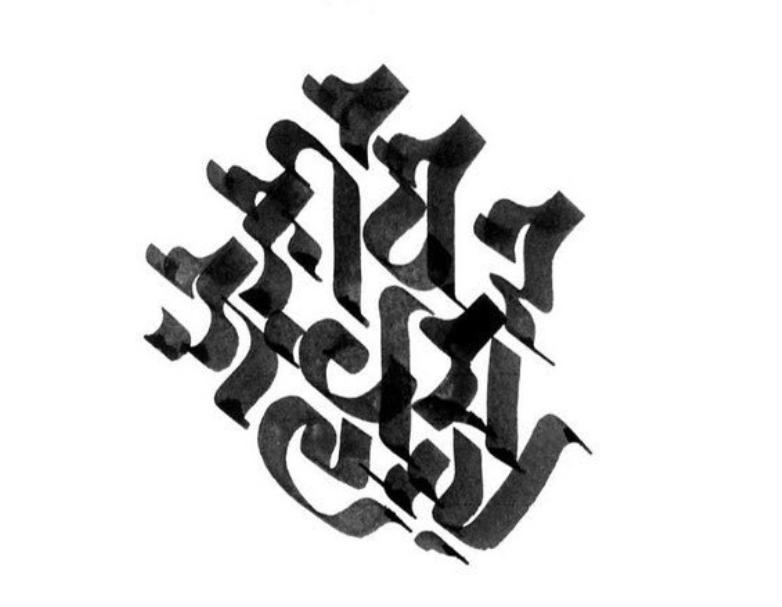Post Dandavat Parikrama Reflection: Intercessory Prayer

I’ve heard from some well wishers that it might’ve been an imprudence to share my Dandavat Parikram experience with the public. One well wisher spoke of the loss of merit by advertisement of the rite (canakya’s austerities should be done alone came to mind). Another well wisher spoke of das Gosvami’s command to give up dambha (deceit, pride) in his Manah-Siksa to which advertisement of the rite (in his opinion) cannot but expose the heart. Others shared their performing of the rite and their assiduously insuring the privacy of the act.
I give the benefit of the doubt that these were spoken out of well wishing and not reproach. And although the intelligence, no doubt in tandem with the rubbed ego, was quick to vindicate me by various argumentation, I thought why lose my soul in argumentation [SB 6.4.31] especially when I agree with them!
Usually when I come to India on pilgrimage, I share nothing—not a picture; nor a video; nor a post; nothing. A pilgrim’s journey is for himself in his ongoing quest for theosis. My intuition and my well wishers speak to the sabotage of the potentiation of theoria when one’s rites are advertise.
Still I shared; not as an intellectual deliberation upon the spiritual implications, but as the overpouring of enthusiasm, like the overflow of boiling milk not carefully tended to. Perhaps with more careful thought, i would’ve contained my enthusiasm in light of all the negative implications aforementioned (and perhaps more). I’ll leave it before Godhead to judge this indiscretion.
That said, still I rejoice in the affect of the sharing also. Some of the beautiful messages I received speaking to renewed hope; desire to embrace a life of devotion again after being secularized ; or feelings of being prayed for through our acts of namaskara to Giriraj revealed to me the intercessory nature of the rite, albeit inadvertently.
In this regard (my God-) sis at one point during the first half of the rite shared an image that has been indelibly imprinted on my mind since she said it. I believe we were near the pink and decorative Govinda Kunda gate when she spoke of humans as priestly stewards intended to intercede on behalf of other species of life who could not directly perform upasana. For ex. offering flowers grown by trees; bathing the deity with milk from cows; feeding the species on one’s propriety with prasada, etc.
The Cataka bird, she said, takes water only from the rain cloud. When (if) rain comes it may only take a few drops, while the rest of the rain nourishes the environment surrounding the cataka. Similarly, upasana characterized by prostrations (in this case) is like our cataka-song calling for the downpour of Grace from the dark rain-cloud of Krishna. Being infinitesimal, how much Grace can be held from a downpour of the rain cloud of infinite magnitude? Though the downpour may be in response to the Cataka’s song, the beneficiaries are not limited to the Cataka; and so the cataka, even in singing out of its own necessity, ends up performing an act of intercessory prayer for all of life! How much more powerful perhaps if upasana is performed as an intentional act of intercessory prayer?!


My mother always speaks of my life of devotion as “anchoring the light.” A simple prostration before Divinity seems insignificant due the infinitesimality of the jivas. But its gravitational pull on Divinity, drawing His resplendence toward the humble pilgrim can light up the whole world!
“Henceforward, may all our words describe Your pastimes, may our ears engage in aural reception of Your glories, may our hands, legs and other senses engage in actions pleasing to You, and may our minds always think of Your lotus feet. May our heads offer our obeisances to everything within this world, because all things are also Your different forms, and may our eyes see the forms of Vaiṣṇavas, who are nondifferent from You.”—Nalakuvera and Manigriva to Krsna

Member discussion